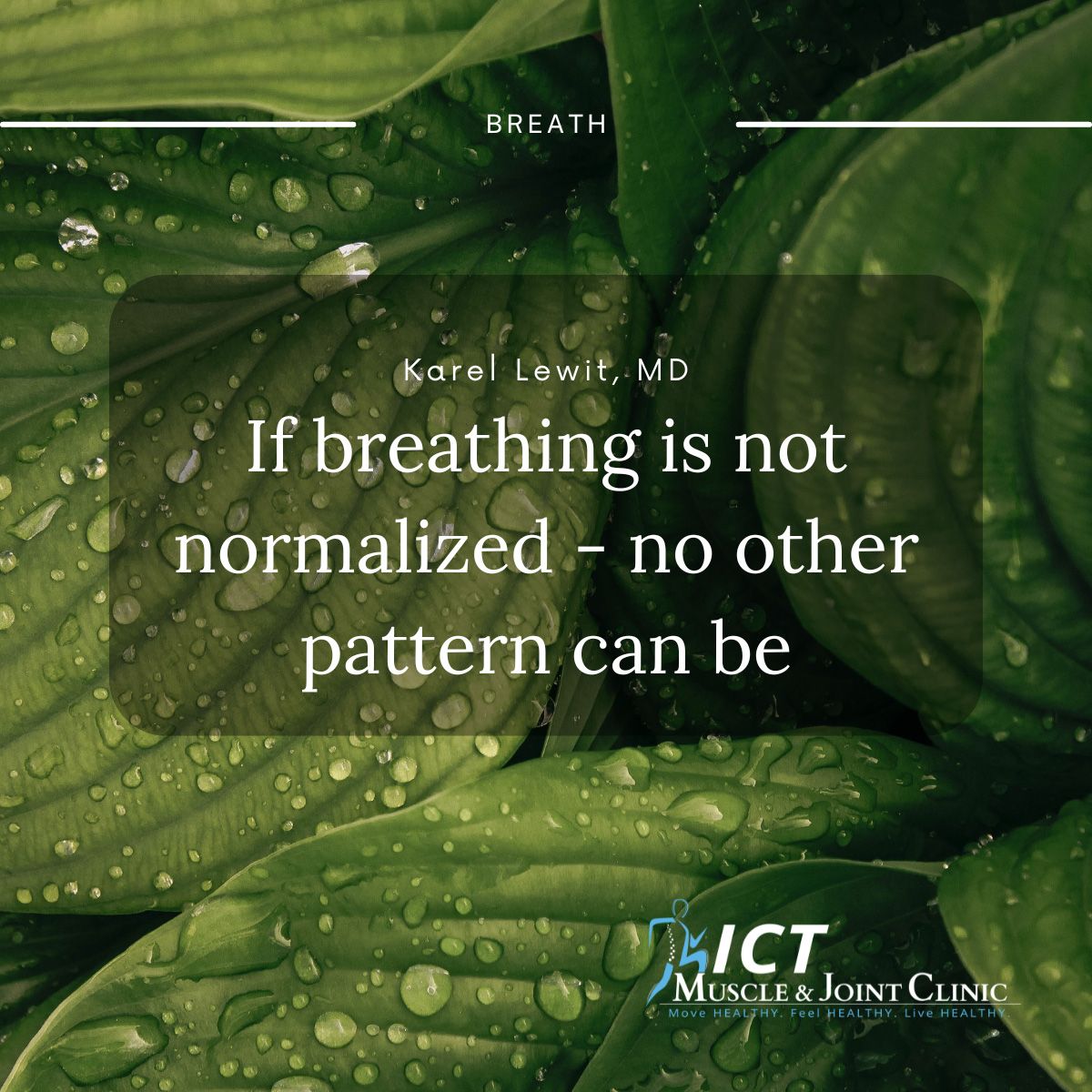1 Russo MA, Santarelli DM, O'Rourke D. The physiological effects of slow breathing in the healthy human. Breathe (Sheff). 2017;13(4):298-309. doi:10.1183/20734735.009817
2 Jones M, Harvey A, Marston L, O'Connell NE. Breathing exercises for dysfunctional breathing/hyperventilation syndrome in adults. Cochrane Database Syst Rev. 2013;(5):CD009041. Published 2013 May 31. doi:10.1002/14651858.CD009041.pub2.
3 Courtney R. Multi-Dimensional Model of Dysfunctional Breathing and Integrative Breathing Therapy – Commentary on The functions of Breathing and Its Dysfunctions and Their Relationship to Breathing Therapy. Journal of Yoga & Physical Therapy. 2016. doi:10.4172/2157-7595.1000257.
4 Barker NJ, Jones M, O'Connell NE, Everard ML. Breathing exercises for dysfunctional breathing/hyperventilation syndrome in children. Cochrane Database Syst Rev. 2013;(12):CD010376. Published 2013 Dec 18. doi:10.1002/14651858.CD010376.pub2.
5 Jack S, Rossiter HB, Pearson MG, Ward SA, Warburton CJ, Whipp BJ. Ventilatory responses to inhaled carbon dioxide, hypoxia, and exercise in idiopathic hyperventilation. Am J Respir Crit Care Med. 2004;170(2):118-125. doi:10.1164/rccm.200207-720OC.
6 Okuro RT, Morcillo AM, Ribeiro MÂ, Sakano E, Conti PB, Ribeiro JD. Mouth breathing and forward head posture: effects on respiratory biomechanics and exercise capacity in children. J Bras Pneumol. 2011;37(4):471-479. doi:10.1590/s1806-37132011000400009.
7 Timmons BH, Ley R. Behavioral and Psychological Approaches to Breathing Disorders. New York, NY. Plenum Press; 1994.
